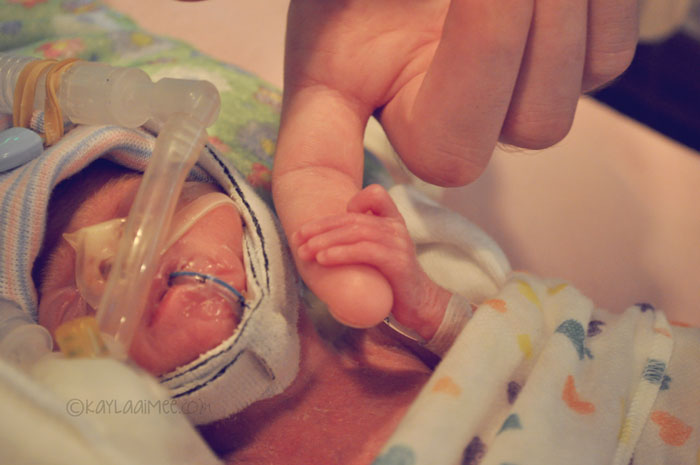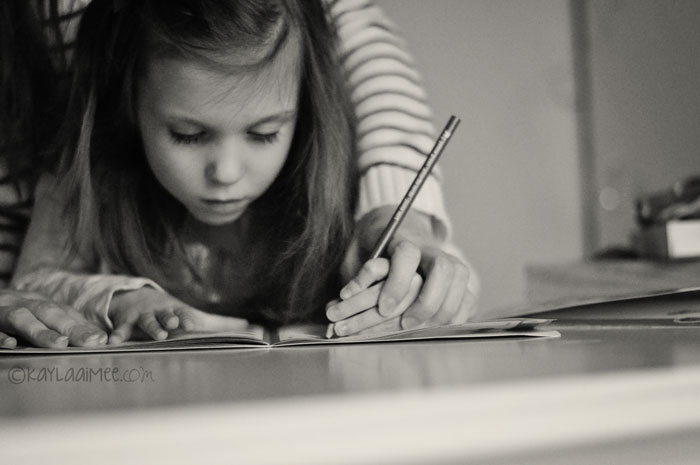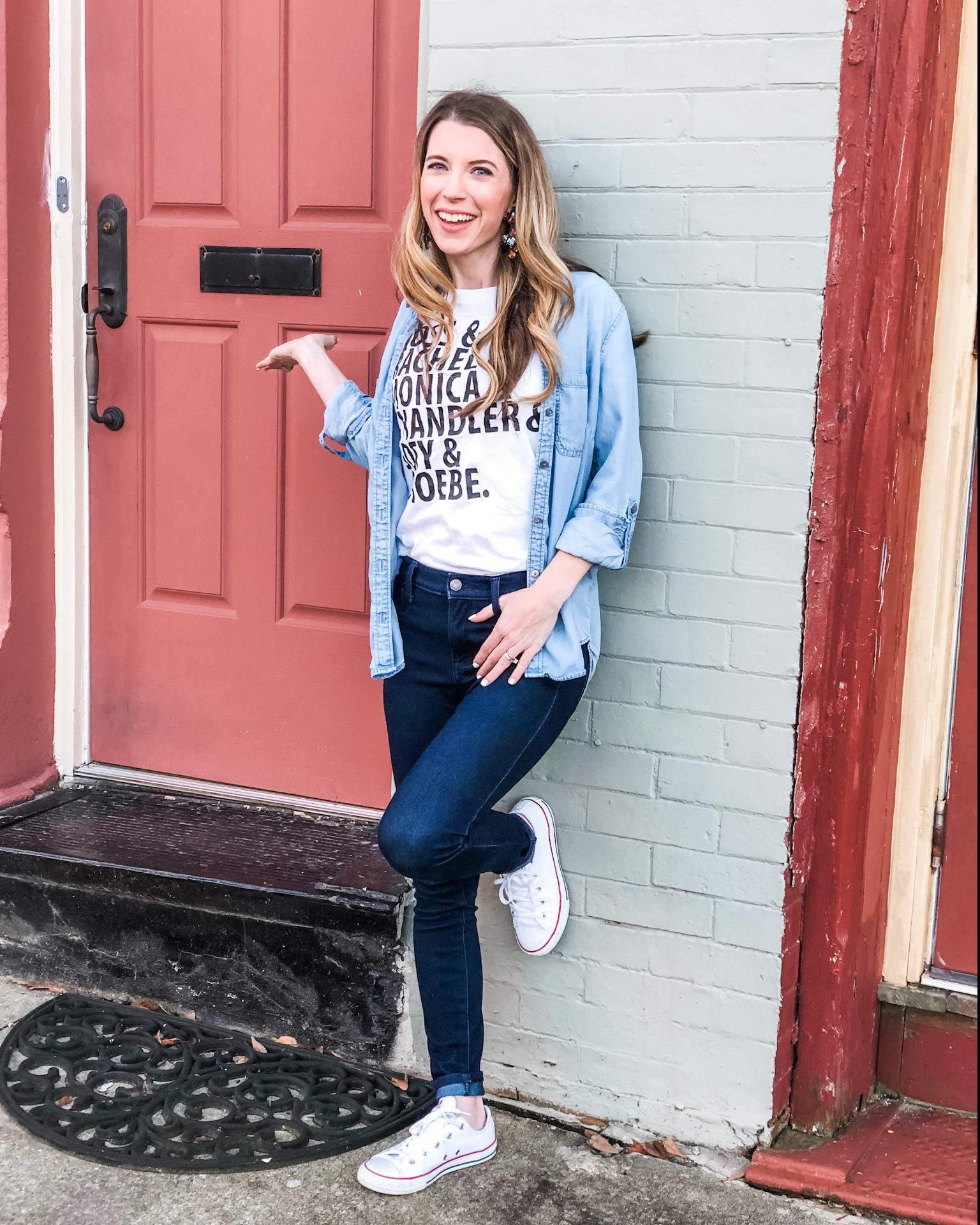In November I sat in a blue pleather waiting room chair and filled out a questionnaire designed to determine my daughter’s developmental stage.
The language portion I was not worried about, despite the fact that a fairly prominent lisp and tinny, high-pitched voice that came as a result of vocal cord trauma keeps us firmly on the speech therapy lists. Question #4 was “Ask your child to describe an object in the room and write down their response.” It gave me one line.
“Scarlette, can you tell Mommy about that ball?” I asked her.
“WELL SURE I CAN! Dat is a bouncy ball. I hab a ball too but my ball is not wike dat ball because dat ball is blue and my ball is orange I guess because it is a football so you know, it is not a circle ball wike dat ball because it is anudder shape. Once I went to da park and LUCY DOG took all my balls away! And she started to FLY ober da bwidge and den, you know, she was barking I guess and I can not fly but I can wun weally fast acwoss da bwidge in my sparkly boots and den dere was a giant snow monster and I said ‘IT NOT NICE TO FROW PEOPLE’ and so I put Lucy in my purse but den she couldn’t fit all da way so I had to get on a BOAT…”
I ran out of room on the paper.
It was the part about her hands that worried me.

Scarlette’s wrists were broken in the NICU, several weeks before she came home. She was five months old and we did physical and occupational therapy after coming home with special attention to her wrists until she was discharged after about two years. She still had some challenges but her therapists felt that she would improve with time.
This fall I turned in my manuscript for my book, where I mentioned that we had been discharged from all therapies because that is the question that everyone always asks: “Is she caught up yet?” The thing about prematurity, though, is that you never really know what is left lingering.
Because then she started preschool and we noticed that she was still having a lot of trouble with her wrists. Specifically, she can’t rotate them. We ramped up our wrist exercises at home but it seemed like instead of catching up to her peers, despite being the oldest in her class, she was falling further behind and I was pretty sure a referral back to the occupational therapist was coming.
So it wasn’t a huge surprise when I reached the fine motor skills portion of the questionnaire and had to mark NO for every single one of them.
At four she still can not drink from an open cup, or trace simple shapes, or dress herself. Almost everything she does she uses her entire arm for rather than moving her wrist, which makes for a very limited range of motion.

She also fell in the grey area for her gross motor skills with many more No’s than Yes’s so we enrolled her in gymnastics to help strengthen her core and I was surprised to see how “floppy” she still is in comparison to her peers.
I mostly take these things in stride because I am acutely aware of what could have been and know that adding a few therapies back to our schedule still falls in the best possible scenario that we could have ever hoped for back when they listed off all of the grim statistics for my baby. And because for the most part, she is doing amazingly well.
But it does make me feel a little bit sad in a mother-hearted way that Scarlette has started noticing that she can’t do certain things the way her friends can. I know because she told me with her head down after gymnastics that she couldn’t do her skills like the other kids and that she really wanted to do her skills and that made her feel sad.
And because every day for a week she bowed her head as we said our morning prayers while waiting in car line and asked God to help her with her coloring so she could make pretty pictures like her friends.
I love your pictures, I told her.
“You are so special and can do so many things. And you are such a hard worker and I am so proud of you for trying so hard to do the things you want to do. Everybody does things differently and that is okay” I said, kneeling in the middle of the gym floor.
She’ll get there. She always does.
Until then we’ll just keep going the way we started, when the only thing I could do was hold her hand.

(Also in practicing tracing with her, J and I discovered that we hold a pencil totally differently. How do you hold a pencil, with one finger on top or two? We can’t convince Scarlette not to use ALL of her fingers but we have managed at least to move from holding her crayons in a fist.)




